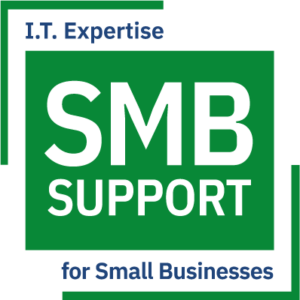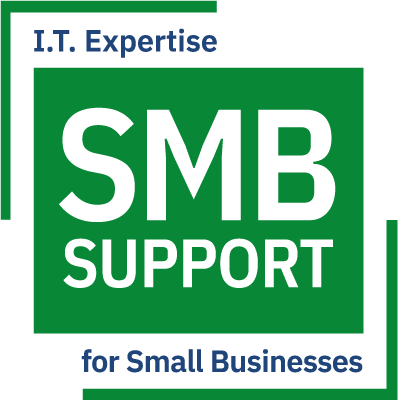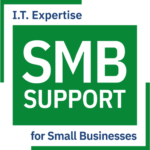60-second rundown…
- Legacy IT is outdated technology no longer supported by the manufacturer.
- Unpatched systems leave your network vulnerable to attacks.
- Consider sandbox solutions to safely run older applications.
- System modernization can be done all at once or step-by-step.
- Find a trusted cybersecurity (and IT infrastructure) advisor to guide you through the process.

COVID-19 has been the catalyst that forced many small businesses to innovate. Modernizing with cloud-based remote solutions can rocket you ahead of the competition. The problem is older hardware and software create a drag on business growth. Older servers, switches, operations systems, and applications inhibit attempts to move forward. The new year is a time to take an in-depth look at your legacy IT and see what’s holding you back.
Security Threats
Over time, manufacturers stop creating security patches for operating systems designated as end of life (EOL). Likewise, developers stop maintaining software for those systems. Outdated technology can be incompatible with current devices. For example, some machines are still running Windows XP, even though Microsoft stopped supporting it more than five years ago. Cybersecurity advances focus on current technology. Often, modern security solutions won’t work with legacy systems. Even backward-compatible software can be inefficient.
So, what’s a business to do? They need to keep the system, but the old vendor went out of business leaving no path to upgrade. A complete conversion to a different solution is too costly, but leaving the system in place creates a weak spot in network security. One solution is to isolate the legacy tech in a sandbox. A sandbox is an isolated environment in the network that lets users safely run older applications.
Modernizing Legacy IT
Converting a system can be pricey. However, older technology has its own high operating costs in maintenance, security, and inefficiency. After careful cost-benefit analysis, some businesses may decide modernizing their system is best for the company. Two overarching approaches for modernizing are step-by-step or all-at-once.
The step-by-step method involves a gradual evolution to a new system. To be effective, the migration must be systematically planned and executed. Otherwise it turns into a band-aid approach with temporary fixes that don’t target the root of the problems. Data loss or redundancy can happen when migrating from one system to another.
The all-at-once approach is more extreme. It involves shutting down the old system and building a new one from scratch. Sometimes it’s advantageous to retire the old system altogether to avoid security breaches and data loss. This method is useful when the system no longer provides benefit to the company. There are times it pays to run both old and new systems in parallel to verify proper operation of the new system and have a fall back if the new system fails for any reason.
Keeping Legacy Systems
The nature of legacy technology is some businesses need to keep them around. There are a few methods for safely maintaining the hardware and software. Start by backing up the hard drive with bare-metal recovery plus an extra archive. The backed-up data has everything necessary to restore the system including operating system, programs, and files. Restore the bare-metal drive to a physical-to-virtual (P2V) under Virtual Machine (VMware or other). While the legacy system is still in use, it’s important to back-up with snapshots.
Next Steps
If your business is running legacy IT, start by asking why. Perhaps you rely on older devices to run mission-critical software. In which case, the IT and cybersecurity teams should work with company leadership to develop solutions that support and modernize your small business. There may be a way to transfer old data into a modern solution. Often, small business owners need someone to walk them through the process. Find a trusted IT infrastructure advisor when working with legacy technology.
The experts at SMB Support have the knowledge to guide your small business with legacy hardware and software. Contact us to learn how we can help.
Do I have a legacy system?
The term “legacy system” refers to hardware and software that is no longer in support. It’s not about the age of the system; it’s about whether the products are supported by the vendor. You know you have a legacy system when the manufacturer stops sending updates and newer technology is incompatible.


